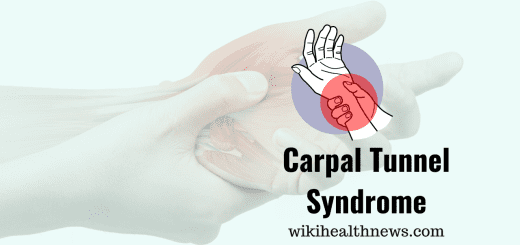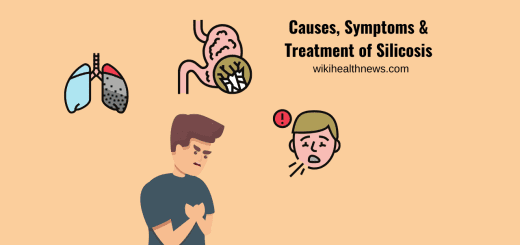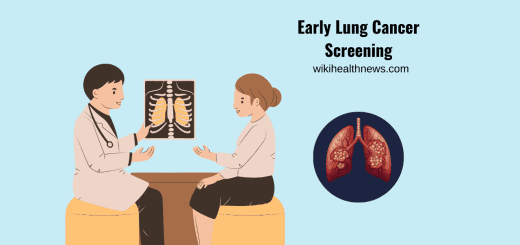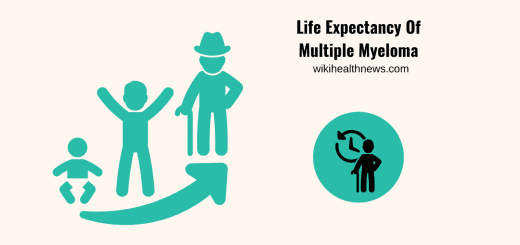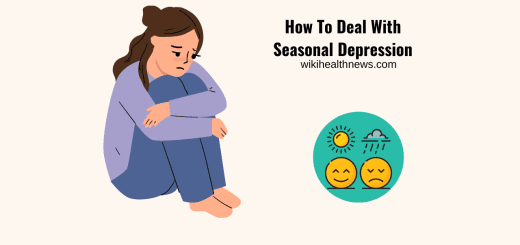Joint Swelling: Causes & Treatment
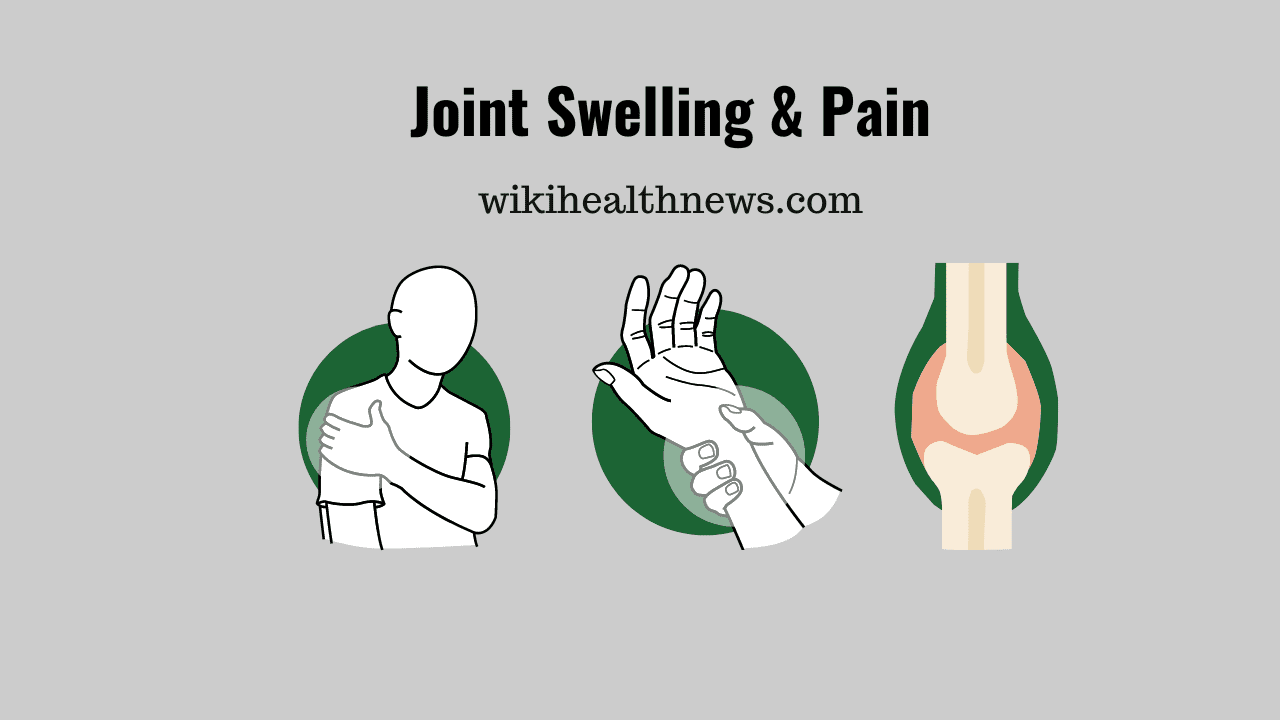
Experiencing joint swelling and pain is common to adults. Your joints may suddenly appear bigger than usual or may follow a disease process. Joint effusion occurs due to accumulation of fluid following an injury, arthritis or another condition. There are remedies that you can try at home for some relief. It is better to consult the doctors for any joint swelling, pain or deformity.
How joints function?
Joints are the meeting points of the bones where they are protected from rubbing to each other by a fluid filled sac called bursae. Each bone is capped by a cartilage at the meeting point. To allow movements at the joints without slipping the ends of bones are bound by ligaments. These are elastic band like structures. Ends of the muscles attach to the bones at the joints by strong tissue called tendons. This intricate design of joints helps in variety of movements with protection to bones, joints and muscles.
What is joint swelling?
A swollen joint indicates extra fluid in the joint cavity or surrounding tissues around. As a result, the joint appears bigger and there are slight restrictions of movement. The fluid accumulated may be sterile, infected or with particles.
Which joints are affected more often?
Usually, bigger joints are affected as they are involved in weight bearing and frequent movements. Knee, ankle, elbow, shoulder are most often affected. However, it may also affect finger, toe and wrist in certain disease conditions.
But, if there are more fluids than usual in the joint, then appear knee swelling.
Symptoms of joint swelling
Signs and symptoms typically include:
Swelling. The skin around the kneecap can appear like swollen which is noticeably, especially compare to the affected knee to the other one.
Stiffness. When the knee joint contains excess fluid, then the knee might not be able to bend or straighten the leg completely.
Pain. Depending on the development of the fluid buildup, the knee might be more painful to the point that it’s impossible to bear weight on it.
Other symptoms are:
- Difficulty moving the joint
- Fever
- Heaviness in the joint
- Redness
- Stiffness
- Warm skin
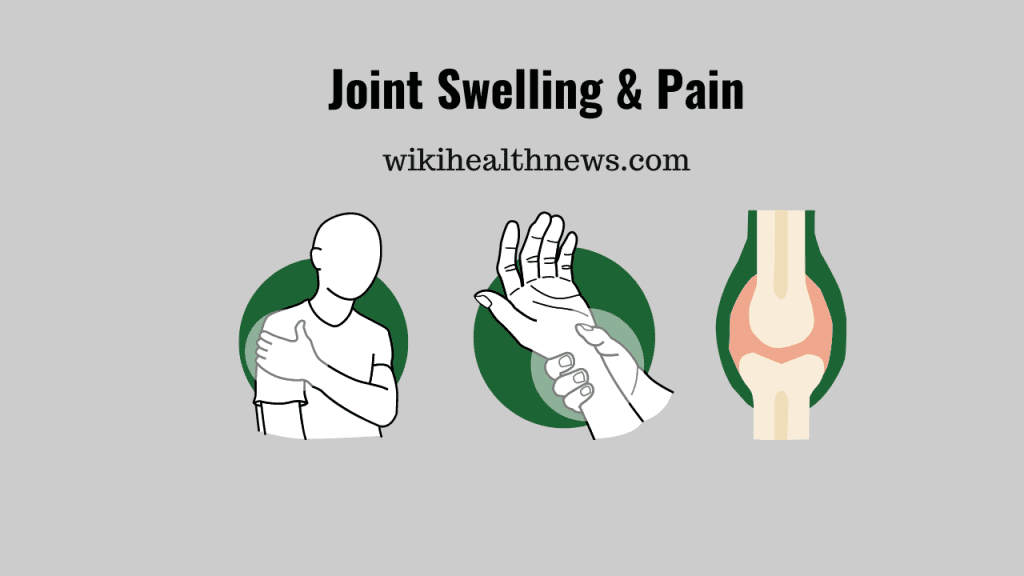
Causes of joint swelling
There are several causes for joint swelling
The most common reasons are:
Infection.
An infection in the joint is known as septic arthritis. Septic arthritis is a serious disorder that will damage or even destroy joint. This condition needs a joint replacement which is a type of surgery. When having an infection, the joint tissues can load with pus. Pus is a protein-rich fluid filled with dead white blood cells.
Inflammation.
This occurs when the conditions appears like arthritis especially osteoarthritis, gout or rheumatoid arthritis.
Overuse.
This occurs when usage of a joint too much. For example, running too much.
A ligament damage or broken bone (bone fracture) is examples of trauma that can cause swelling. Possible develop of such injuries include sports and car accidents.
Tumor.
A mass of tissue which will be benign (noncancerous) or cancerous.
Reactive arthritis:
Secondary to Covid, flu, dengue infections
| Causes | Joints involved | The features | Treatment | Complications |
| Rheumatoid arthritis | Small joints of hand and feet | Swelling, pain, restriction of movement | No cure, medications can help | Bone erosion and deformity |
| Osteoarthritis | Knee, hips, spine | Stiffness, crackling, swelling | Maintaining healthy weight and exercises | Deformity and immobility |
| Septic arthritis | Common in knees | Affects young children and older persons | Infection needs treatment with antibiotics, surgery | Early intervention Can treat without deformity |
| Injuries | Knees, elbow, ankle, wrist joint | Athletes, sports person | Bone fractures, dislocations | Can be treated, restrictions of movements for long period |
| Reactive arthritis | Occurs in knee, ankles, feet | Secondary to infection elsewhere in body | Joint pain, swelling, fever, stiffness | Usually cures completely. |
Treatment
Treatment of causative agent usually cures this condition. But, not all causes are curable. For most of the people treatment consists of managing the symptoms instead of eliminating them. There are several ways the doctor will manage the swollen joint. For examples:
- Antibiotics will help to cure the infections. If having septic arthritis then the doctor will provide antibiotics.
- Arthrocentesis is where the doctor drains the synovial fluid from the swollen joint. They will send the fluid to a lab for testing.
- Colchicine is a medication used to treat the people who having gout. It will reduce the pain, inflammation and joint effusion.
- Steroids will help to block the inflammatory chemicals. Arthritis will develop inflammation, and inflammation can develop joint swelling.
What can I do at home to treat?
The home remedies for joint swelling includes:
- Heat, especially moist heat, which will reduce the joint swelling and joint pain. People who having the arthritis or a swollen joint can try the heat in home itself.
- Ice reduces the swollen joints very well. Try it in home when you have arthritis or an injury.
- Maintaining a correct and good weight will reduce the stress on the joints.
- Nonsteroidal anti-inflammatory drugs (NSAIDs) like ibuprofen and naproxen. NSAIDs will reduce and treat the swollen joint of people who are injured or have arthritis.
- Resting is the best way to reduce the joint swelling and also help it heal quickly.
Read More



